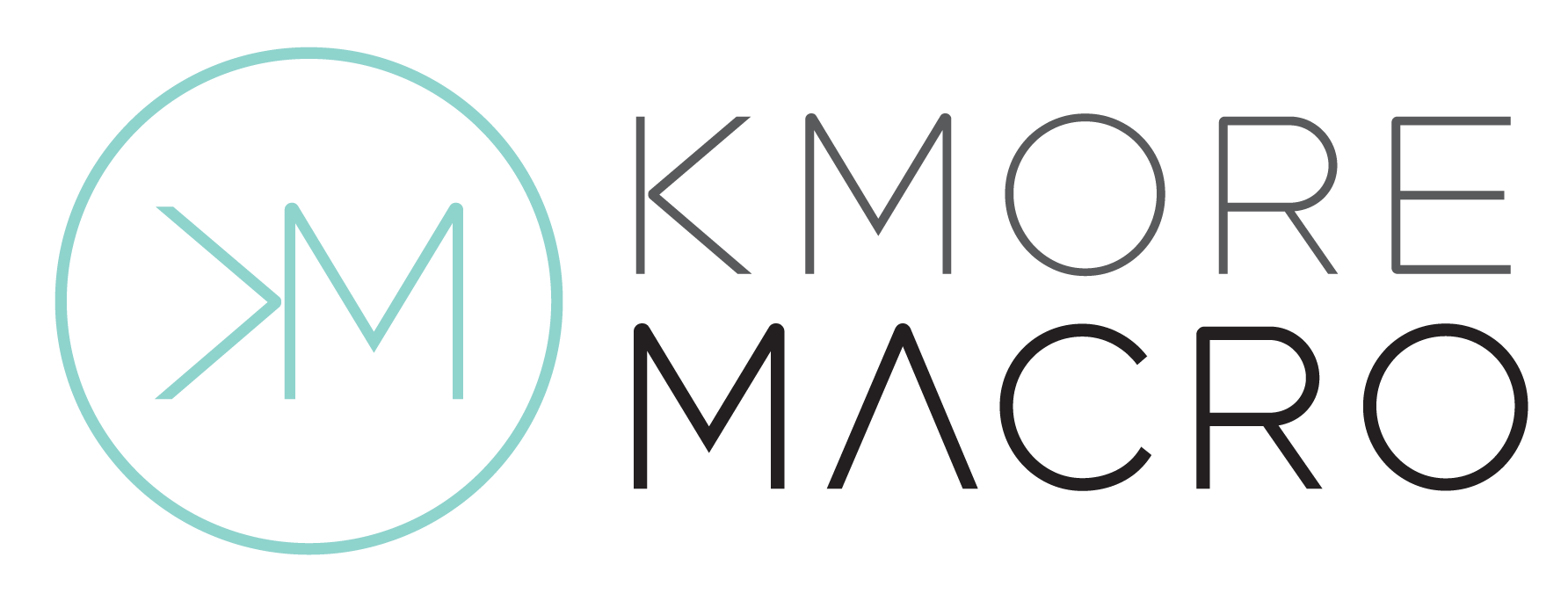Become a flexible dieter and learn how to eat your favorite foods stress-free
When was the last time you started a diet and said, “I want to do this forever!” Yeah, I didn’t think so. Diets that are restrictive shouldn’t be a life-long plan. Your body needs all kinds of nutrients in order to perform at its best, so you need to make sure that your diet includes those. This is the reason I chose flexible dieting - because it’s not really a diet.
Flexible dieting gives you a lot more freedom than traditional dieting. Traditional diets typically restrict either what foods you can eat or even how many calories you can eat. While flexible dieting lets you eat what you want, using macronutrients to make sure you have a balanced diet. Flexible dieting is more successful and more sustainable than traditional diets.
The best part of flexible dieting is that it becomes easier over time. Like anything, you must crawl before you can run. Flexible dieting has three phases to help you reach your goals and to set you up with healthy eating patterns for life.
Phase one: Get started & stick to your macro tracking plan
In the first phase of flexible dieting, you will learn how to eat balanced meals that fit into your macronutrient goals. This is the crawling stage of flexible dieting. You will need to be very diligent in keeping track of your food and eating within your boundaries.
This phase is the most restrictive because you need to learn what a portion looks like and how much food you need to be eating to achieve your goals. During this phase, you can still eat whatever foods you want, but you need to make sure that they fit into your plan!
Phase two: Enjoy some flexibility in your food plan
The second phase of macro tracking starts to give you more flexibility in the tracking of your foods. This phase usually starts around 3 months, or once you’ve hit your goals. This is the walking phase of flexible dieting
During phase two, you may see your weight loss slow down. This is usually because your body has gotten used to eating in the same pattern. Your body will start to adjust to the amount of food you’re giving it and in turn, your metabolism can slow down.
In traditional diets, this is when people give up. They aren’t seeing the results they want anymore, so they throw in the towel. However, with flexible dieting, we plan for this!
To help boost your metabolism, we use a re-feed. During a re-feed period, you want to increase your calorie intake. The re-feed will give you a lot of flexibility to eat foods that you would usually avoid; however, you’re still going to want to make smart choices, especially when it comes to carbs, so you can avoid gaining fat during your re-feed.
How much you increase your calories by and for how long is really dependent on where you’re at on your macro-tracking journey. A coach can help you determine all of these and guide you through this process so that you don’t gain too much weight during your re-feed.
After your re-feed, you’ll want to get back on track with your macro-tracking! You can adjust your macros to fit your new goals, but after the re-feed, you should be consistent with your diet!
Phase three: Use your food knowledge to eat the foods you love
The final phase of flexible dieting is going to allow you to have the most freedom with your eating. When you’re in this final phase, you’re finally able to run!
By the time you get to this point, you know what portion sizes are, you know how to plan and prep your food, you know when you can indulge and when you need to stick to your plan. Because you have the foundations and knowledge you can afford to have untracked meals. An untracked meal is great for eating out or indulging on a special occasion!
During an untracked meal day, you’ll still want to track the other meals and snacks you have. Try to keep those meals high in protein because you most likely will have more carbs and fats during your untracked meal. When you have that untracked meal you can enjoy without an ounce of regret!
Once your untracked meal is over, just start tracking again at your next meal! It’s a really simple way to still enjoy life and food without giving up everything you’ve worked so hard for!
It’s absolutely ok, and normal, to see some weight fluctuation after an untracked meal, but like a re-feed meal, this can help you spike your metabolism and it won’t take long for that weight to drop again.
If flexible dieting sounds like a plan that will work for you, then let’s talk! Schedule a free discovery call and we can get you started with your new lifestyle!
Save to Pinterest!


